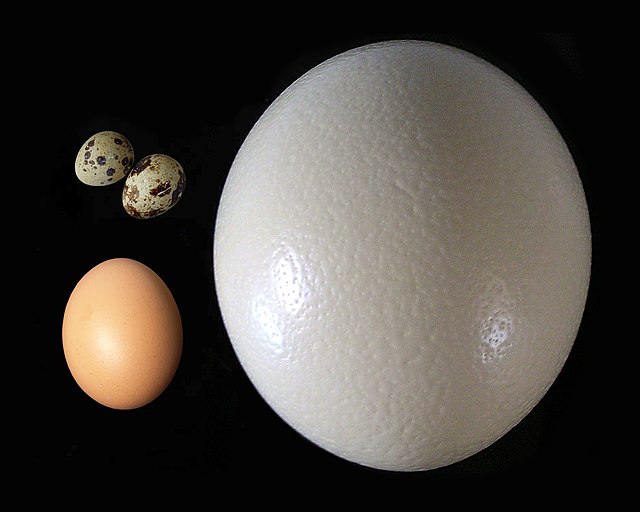Battery cages are a housing system used for various animal production methods, but primarily for egg-laying hens. The name arises from the arrangement of rows and columns of identical cages connected, in a unit, as in an artillery battery. Although the term is usually applied to poultry farming, similar cage systems are used for other animals. Battery cages have generated controversy between advocates for animal welfare and industrial producers.
Chickens in multiple-occupancy battery cages
Battery cages for sun bears reared for their bile
Battery cages for mink reared for their fur
Battery cages for silver foxes reared for their fur
Humans and their hominid relatives have consumed eggs for millions of years. The most widely consumed eggs are those of fowl, especially chickens. People in Southeast Asia began harvesting chicken eggs for food by 1500 BCE. Eggs of other birds, such as ducks and ostriches, are eaten regularly but much less commonly than those of chickens. People may also eat the eggs of reptiles, amphibians, and fish. Fish eggs consumed as food are known as roe or caviar.
Fried eggs and carrots with Parmesan and cream
Ancient Egyptian depictions of offerings at the tomb of Menna, including a basket of eggs
Quail eggs (upper left), chicken egg (lower left), and ostrich egg (right)
Collected chicken eggs and quail eggs in a wicker basket








